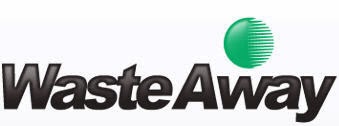 As our discussion of Recycling continues, again we would be remiss for leaving out a concurrent discussion on Conservation and Preservation.
As our discussion of Recycling continues, again we would be remiss for leaving out a concurrent discussion on Conservation and Preservation.These two terms are often interchanged and mistaken for being the same thing. They are different, however, while having many of the same goals and philosophies. Here we will focus on Conservation, while part 2 of this article will be dedicated to Preservation.
Conservation is considered a "hands-on" approach to the use of natural resources (such as trees, oil, etc.) to prevent them from being lost or wasted. Conservationists, people who advocate for, or work to protect, animals, plants, and natural resources, or to prevent the loss or waste of natural resources. They accept that change and progression are necessary for a better future, but only when the changes take place in ways that are not wasteful.




.jpg)
